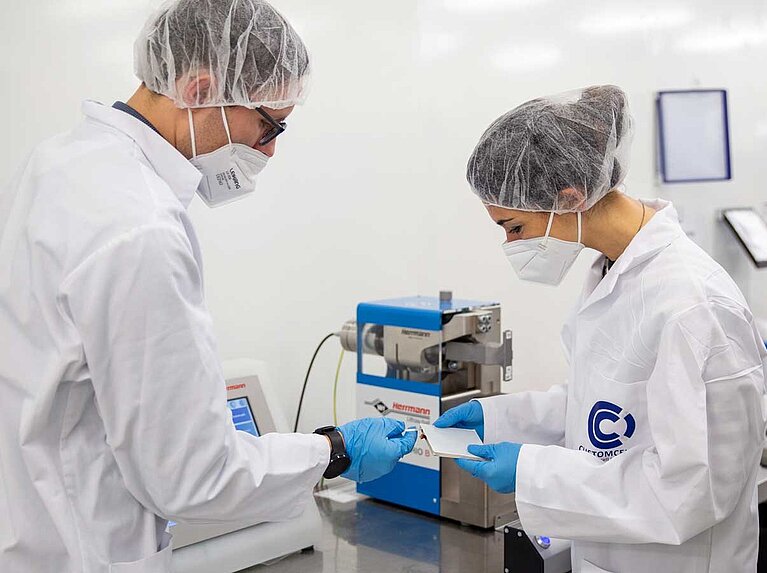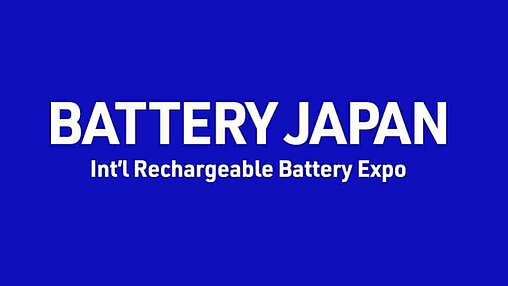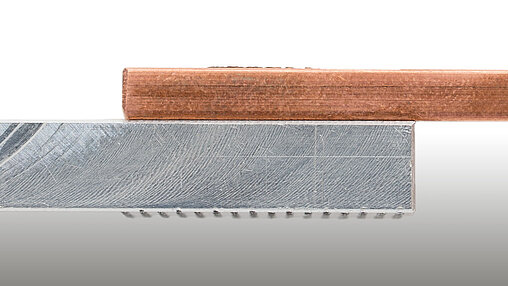The vision of a perfect battery production

Herrmann Ultraschall and CUSTOMCELLS combine efforts
With the common goal of safe and sustainable battery production, Herrmann is optimizing the ultrasonic welding process of battery cells together with CUSTOMCELLS. Initial results of the partnership show an opportunity for significant savings in terms of energy and rejects.
Up to 75 percent less energy consumption and minimal reject rates: by transferring ultrasonic process knowledge from other industries to the welding of battery cells, Herrmann succeeded in joining battery cells more reliably and reproducibly than with conventional joining processes. To verify these values in practice, the company works closely with CUSTOMCELLS, one of the world's leading developers of customized lithium-ion battery cells in the battery segment.
An initial welding project between the two companies has already shown that Herrmann's ultrasonic technology can offer immense benefit as a joining technology for battery cells. It was possible to reduce the reject rate of battery cells significantly with a special tab design by measuring and analyzing the welding parameters and providing precisely adapted welding tools for the pre-weld and main weld.
Continuing the partnership, a welding process for sealing pouch cells is currently in development. These battery cells are still frequently sealed using heat sealing, which involves high-energy consumption and can potentially cause damage to the cells. Since ultrasonic welding works without an external heat supply, the joining process is notably more energy-efficient and safer. Initial welding tests confirmed the empirical values Herrmann has gathered in sealing pouch packaging in the food industry.
„In CUSTOMCELLS, we have found a reliable and innovative development partner that helps us to prove our empirical values and expertise from our ultrasonic laboratories in practice as well. In this way, we can optimize the processes even further and achieve our goal of a truly sustainable and safe battery production," explains Markus Haas, Global Sales Director METALS at Herrmann.
Until now, the welding processes have mainly been developed for use at manual workstations producing small quantities. With the development of a process for sealing battery cells in automated systems, there is further potential to make production considerably more efficient with shorter cycle times. Here, too, Herrmann can draw on extensive experience from the food industry, where packaging is ultrasonically sealed in large quantities in continuous operation.


